2019 IRS Instructions for Schedule SE Self-Employment Tax
This file provides essential instructions for self-employed individuals on how to calculate their self-employment tax. It outlines requirements, exceptions, and filing guidelines for Schedule SE. Understanding these instructions is crucial for compliance and accurate tax reporting.
Edit, Download, and Sign the 2019 IRS Instructions for Schedule SE Self-Employment Tax
Form
eSign
Add Annotation
Share Form
How do I fill this out?
Filling out Schedule SE may seem daunting, but we are here to guide you step-by-step. Start by gathering all necessary income and expense documentation related to your self-employment activities. Then, follow the outlined sections carefully to ensure accurate reporting of your self-employment tax obligations.
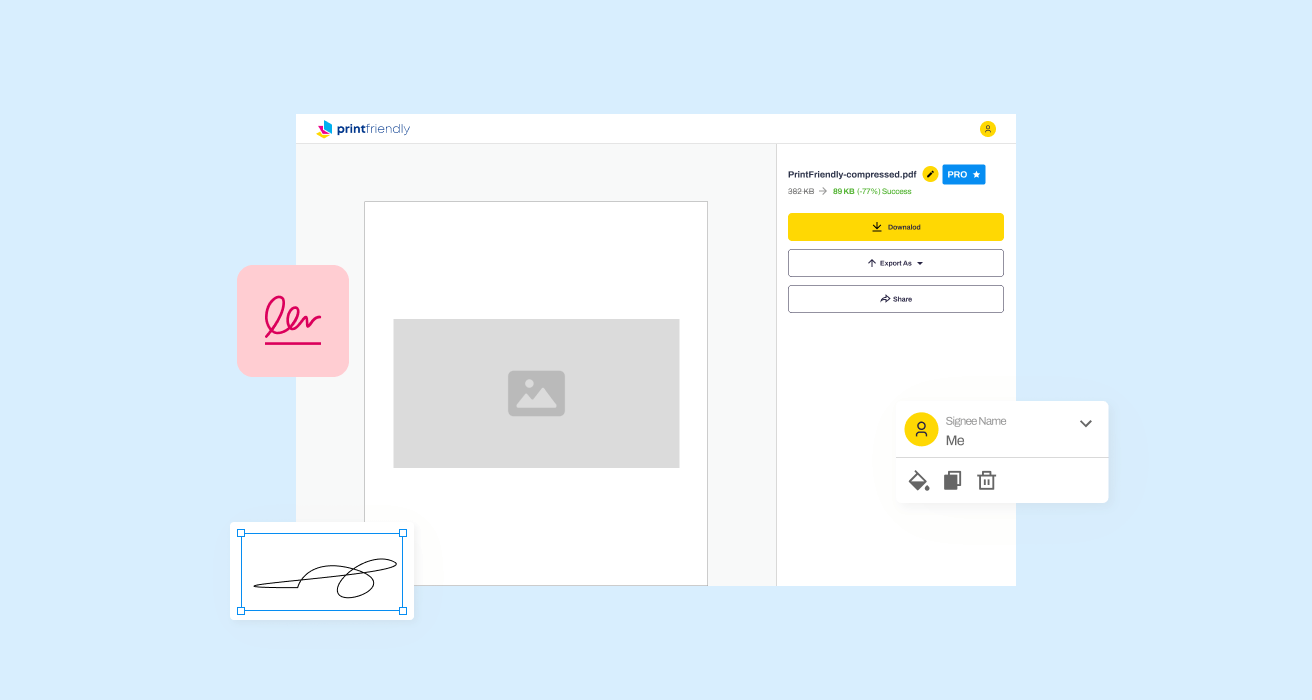
How to fill out the 2019 IRS Instructions for Schedule SE Self-Employment Tax?
1
Gather your self-employment income and expense documents.
2
Determine if you need to file Schedule SE based on your earnings.
3
Complete either the Short or Long Schedule SE based on your situation.
4
Calculate your self-employment tax using the provided guidelines.
5
Submit Schedule SE along with your tax return.
Who needs the 2019 IRS Instructions for Schedule SE Self-Employment Tax?
1
Self-employed individuals earning $400 or more who need to report their earnings.
2
Ministers or members of religious orders with church income subject to self-employment tax.
3
U.S. citizens residing abroad who have self-employment income.
4
Individuals receiving guaranteed payments from partnerships.
5
Those with community income from jointly operated businesses.
How PrintFriendly Works
At PrintFriendly.com, you can edit, sign, share, and download the 2019 IRS Instructions for Schedule SE Self-Employment Tax along with hundreds of thousands of other documents. Our platform helps you seamlessly edit PDFs and other documents online. You can edit our large library of pre-existing files and upload your own documents. Managing PDFs has never been easier.

Edit your 2019 IRS Instructions for Schedule SE Self-Employment Tax online.
Editing your PDF on PrintFriendly is simple and user-friendly. Upload your document, and our intuitive interface allows you to make changes quickly and easily. Save your edits and download the updated PDF for your records or submission.

Add your legally-binding signature.
Signing PDFs on PrintFriendly is a streamlined process. Use the signature tool to add your signature electronically to any page of the PDF. Ensure your document is finalized and ready for submission with your secure signature.
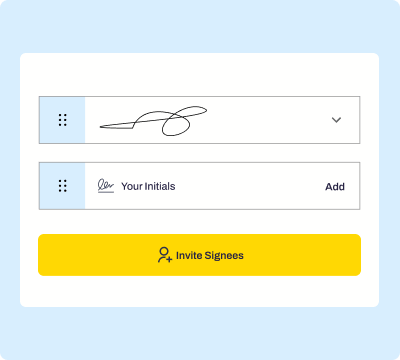
Share your form instantly.
Sharing your PDF is effortless with PrintFriendly. Once your document is edited or signed, you can easily generate a shareable link. This allows you to send your PDF via email or other channels without any hassle.
How do I edit the 2019 IRS Instructions for Schedule SE Self-Employment Tax online?
Editing your PDF on PrintFriendly is simple and user-friendly. Upload your document, and our intuitive interface allows you to make changes quickly and easily. Save your edits and download the updated PDF for your records or submission.
1
Upload your Schedule SE PDF to PrintFriendly.
2
Use the editing tools to modify any required fields.
3
Review your edits for accuracy and completeness.
4
Save your edited PDF directly from the platform.
5
Download the final version for submission or records.

What are the instructions for submitting this form?
To submit Schedule SE, attach it to your Form 1040 or 1040-SR for the tax year it applies to. You can file electronically through IRS e-file platforms or by mailing your completed forms to the IRS address applicable to your location. For mailing, ensure you check the latest IRS guidelines for the correct submission address and include any required payment if you owe taxes.
What are the important dates for this form in 2024 and 2025?
Important dates for filing Schedule SE in 2024 and 2025 will align with standard tax deadlines. Generally, the tax return deadline is April 15 each year unless extended. Keep an eye on any IRS announcements for specific filing dates for self-employment tax forms.

What is the purpose of this form?
The purpose of Schedule SE is to calculate the self-employment tax owed by individuals earning income from self-employment activities. This tax is crucial for funding social security and Medicare benefits for self-employed individuals. Accurate completion of Schedule SE ensures that you fulfill your tax obligations and helps you to avoid penalties.
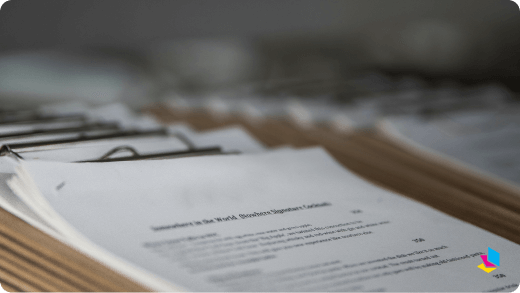
Tell me about this form and its components and fields line-by-line.

- 1. Net Earnings: Total net earnings must be calculated before determining the self-employment tax.
- 2. Self-Employment Tax: Calculates tax owed based on net earnings as per current rates.
- 3. Deductions: Allows for specific expenses to be deducted from income for accurate tax assessment.
- 4. Partner Income: Reports income received from partnerships as part of self-employment earnings.
What happens if I fail to submit this form?
If you fail to submit Schedule SE, penalties may be imposed for non-compliance with tax obligations. This can lead to additional interest charges on unpaid taxes as well. It's important to meet submission deadlines to avoid complications with the IRS.
- Penalties: Failure to file can result in penalties based on the amount of unpaid tax.
- Interest Charges: Interest may accrue on any unpaid self-employment taxes over time.
- Tax Liens: Non-filing can lead to tax liens against assets if tax debts become significant.
How do I know when to use this form?

- 1. Self-Employed Individuals: Individuals who run their own business or operate as freelancers.
- 2. Ministers or Religious Workers: Those earning income from religious services or functions.
- 3. Partnership Income: Individuals receiving income or guaranteed payments from a partnership.
- 4. Community Property: Married couples filing for business income and distributions.
- 5. Exception Cases: Certain religious sects with IRS exemption from self-employment tax.
Frequently Asked Questions
What is Schedule SE?
Schedule SE is a form used by self-employed individuals to calculate their self-employment tax.
Who needs to file Schedule SE?
Individuals earning $400 or more from self-employment activities must file Schedule SE.
How can I edit the PDF on PrintFriendly?
Simply upload your PDF, and you can edit it using our user-friendly editing tools.
Can I share the edited PDF?
Yes, after editing, you can create a shareable link to share your PDF easily.
What if I have multiple sources of self-employment income?
You can combine income from all sources on a single Schedule SE form.
Is there help available for filling out Schedule SE?
Yes, guidelines and tips are provided within the form instructions.
What happens if I don't file Schedule SE?
Failure to file can result in penalties and interest on unpaid self-employment taxes.
Are there exceptions to needing to file Schedule SE?
Certain religious sect members may be exempt if they have received IRS approval.
How can I save my edits on PrintFriendly?
Once you're done editing, simply download the updated PDF to save your changes.
What formats can I download my edited PDF in?
You can download your PDF in standard PDF format after editing.
Related Documents - IRS Schedule SE Instructions 2019
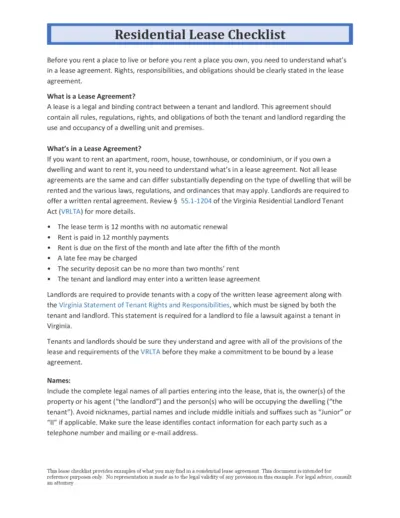
Residential Lease Agreement Checklist for Tenants and Landlords
This document provides a detailed checklist of what both tenants and landlords need to know and include in a residential lease agreement. It covers key elements such as lease terms, rent payment schedules, and maintenance responsibilities. Use this guide to ensure all rights and obligations are clearly outlined in your lease agreement.

Residential Lease or Month-to-Month Rental Agreement
This file contains a comprehensive residential lease or month-to-month rental agreement used in California. It provides details on terms, obligations, and conditions for both landlords and tenants. Perfect for those seeking a standardized rental agreement form.
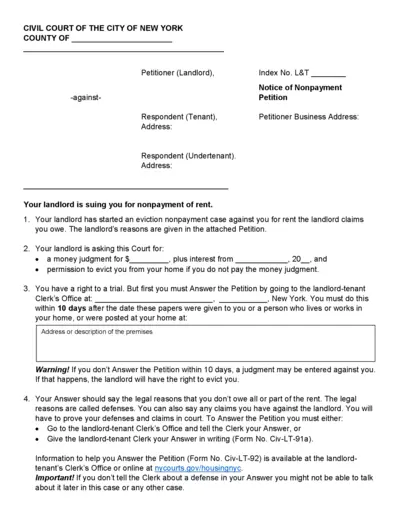
Civil Court of the City of New York Nonpayment Petition
This document is a Notice of Nonpayment Petition issued by the Civil Court of the City of New York. It details the actions that a landlord can take against a tenant for nonpayment of rent. It includes instructions on how the tenant can respond and their rights.

Form 1099-MISC: Miscellaneous Income for 2013
This file is a 2013 version of the IRS Form 1099-MISC used to report miscellaneous income. It includes fields for reporting various types of payments made to individuals or entities. The form is typically filed by payers to report income paid to recipients.
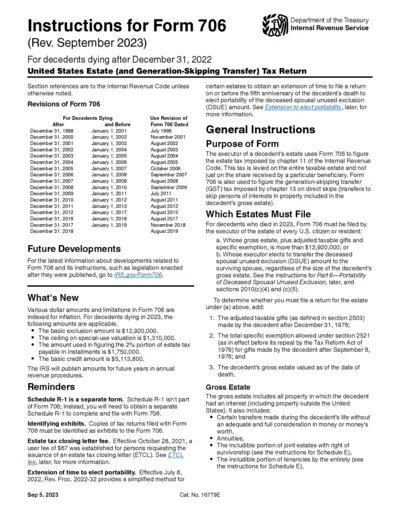
Instructions for Form 706 (Rev. September 2023)
This document provides detailed instructions for completing Form 706, the United States Estate (and Generation-Skipping Transfer) Tax Return for decedents dying after December 31, 2022. It includes information on revisions, general instructions, and specific filing requirements. The instructions also cover important updates and reminders related to the form.

PhilHealth Report of Employee-Members Form Instructions
This file provides instructions for employers on how to fill out and submit the PhilHealth Report of Employee-Members form. It is essential for employers to report new hires to PhilHealth to ensure proper coverage. Detailed instructions and requirements are included.
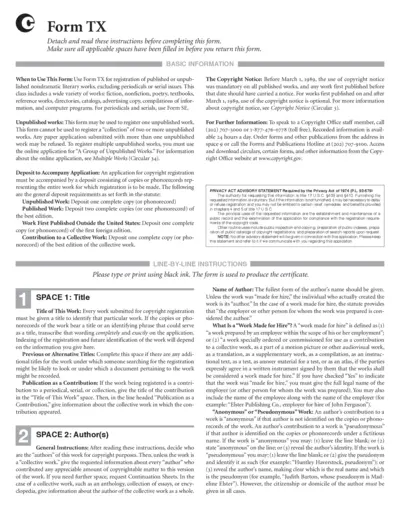
Copyright Registration Form TX Instructions
This form is used for the registration of nondramatic literary works, such as fiction, nonfiction, poetry, textbooks, and computer programs. It provides detailed information on how to complete the form, including what information is required for each section and how to submit the application. Use it to ensure your work is properly registered for copyright protection.
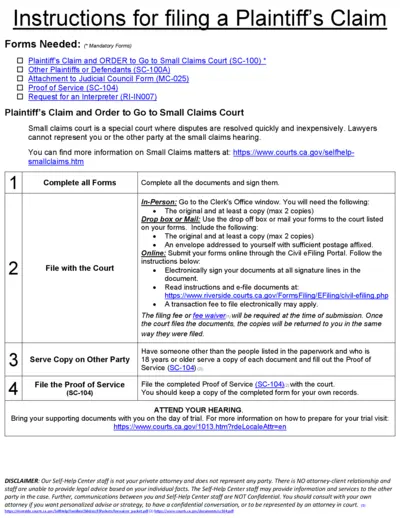
Plaintiff's Claim and Instructions for Small Claims Court
This file provides instructions and necessary forms for filing a Plaintiff's Claim in Small Claims Court. It includes details on filling out, submitting, and serving the forms. Ensure to follow the steps carefully to protect your rights.
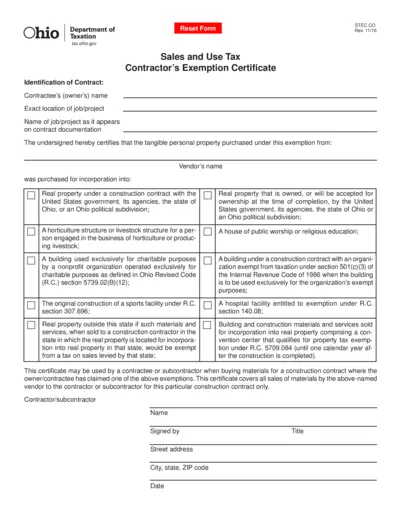
Ohio Sales and Use Tax Contractor's Exemption Certificate
This document is the Ohio Sales and Use Tax Contractor's Exemption Certificate. Contractors use this form to claim exemptions on certain taxable goods for specified exempt uses. It's crucial for contractors working with tax-exempt entities or on tax-exempt projects.
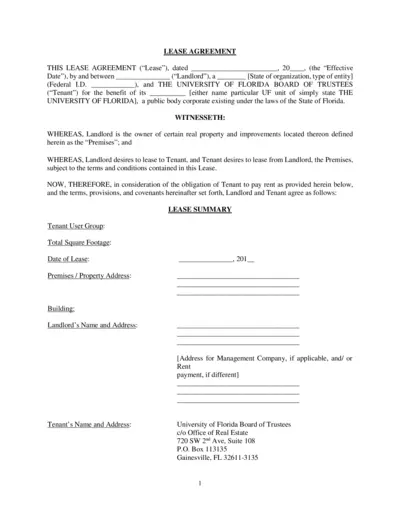
Lease Agreement for University of Florida Premises
This lease agreement file outlines the terms and conditions for renting a property owned by the Landlord to the University of Florida Board of Trustees. It covers key aspects such as lease term, rent details, improvements, and permitted use. Ideal for landlords and tenants involved in leasing agreements.
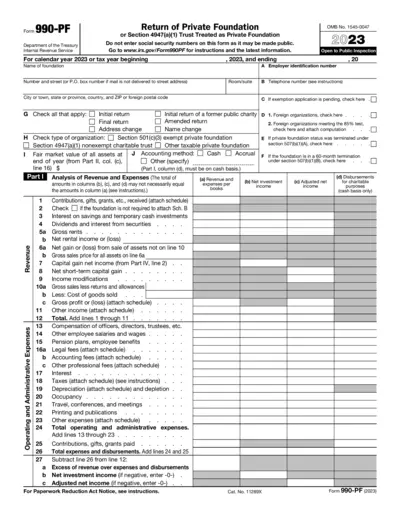
Return of Private Foundation Form 990-PF 2023
Form 990-PF is a return for private foundations required by the IRS. It includes information on revenue, expenses, and other financial details. Avoid entering social security numbers on this form.
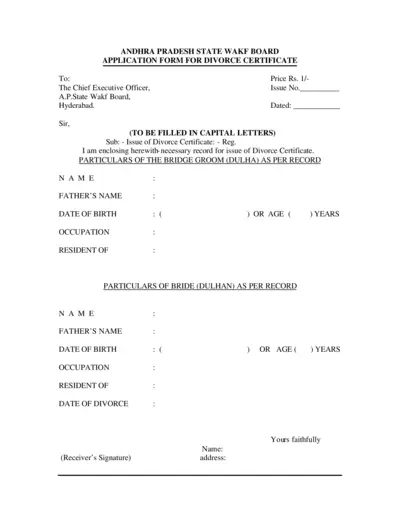
Application Form for Divorce Certificate - Andhra Pradesh State Wakf Board
This form is used to apply for a Divorce Certificate from the Andhra Pradesh State Wakf Board in Hyderabad. The form requires details of both bride and groom as per recorded information. It also includes fields for verification and office use only.